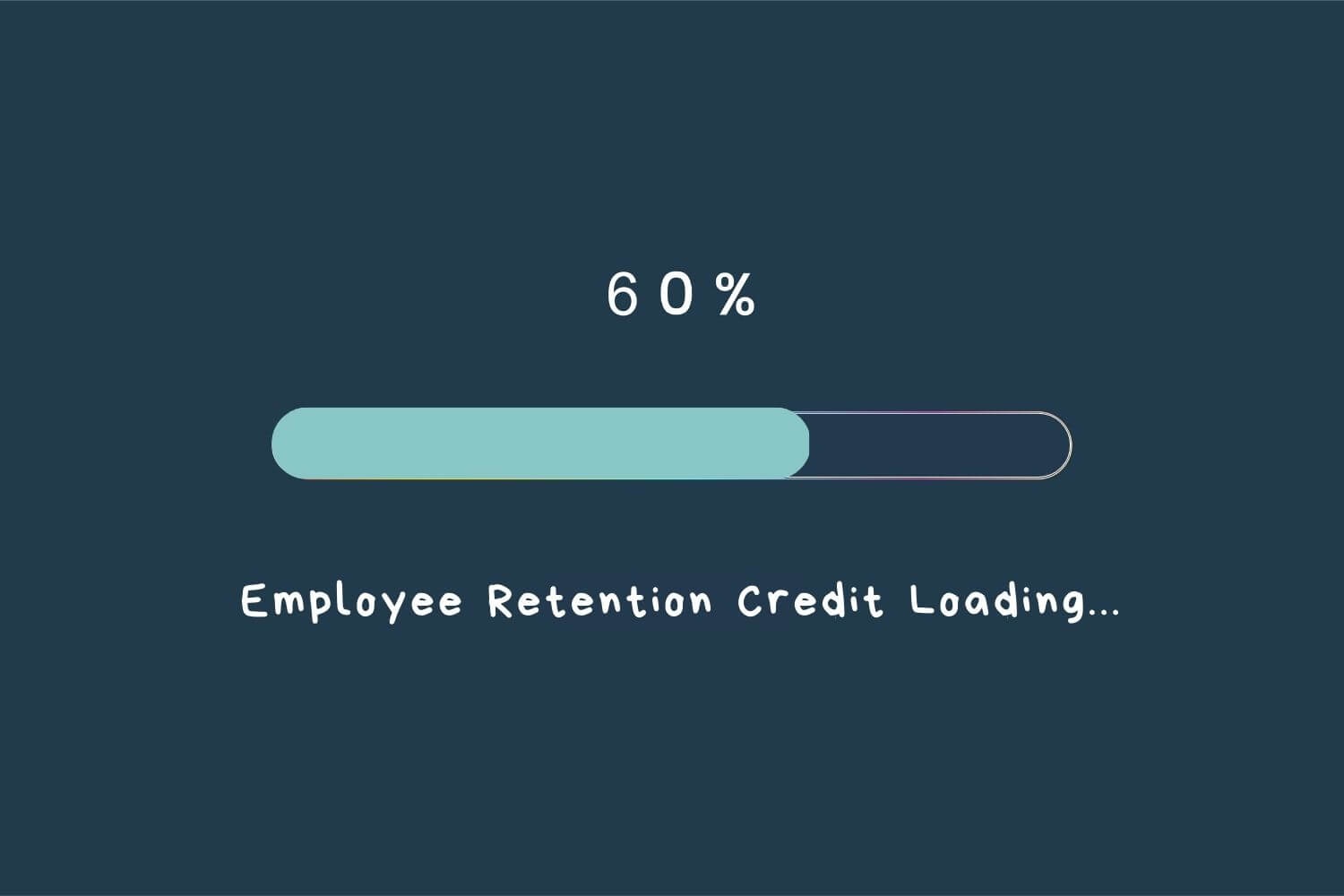Home>Finance>How Long Does It Take For Revolving Credit To Reach The Right Age Length?


Finance
How Long Does It Take For Revolving Credit To Reach The Right Age Length?
Published: February 29, 2024
Learn how long it takes for revolving credit to reach the ideal age and improve your financial standing. Find out more about managing your finances effectively.
(Many of the links in this article redirect to a specific reviewed product. Your purchase of these products through affiliate links helps to generate commission for LiveWell, at no extra cost. Learn more)
Table of Contents
Introduction
Understanding the dynamics of revolving credit and its age length is crucial for anyone seeking to optimize their financial health. The journey to achieving the right age length for revolving credit is a significant aspect of personal finance that demands attention and informed decision-making. In this article, we will delve into the concept of revolving credit, the importance of age length in this context, the factors influencing the time required to reach the right age length, and effective strategies to expedite this process.
Revolving credit plays a pivotal role in shaping an individual’s credit profile and financial well-being. As such, comprehending the nuances of age length in revolving credit is essential for making informed decisions that can positively impact one’s financial future. Whether you are new to the world of credit or seeking to optimize your existing credit profile, understanding the intricacies of age length in revolving credit is a valuable asset.
Join us as we explore the multifaceted realm of revolving credit and unravel the significance of age length in this domain. By the end of this journey, you will be equipped with actionable insights to navigate the complexities of revolving credit and leverage age length to your advantage.
What is Revolving Credit?
Revolving credit is a type of credit arrangement that allows individuals to borrow funds up to a predetermined credit limit. Unlike installment credit, which involves borrowing a fixed amount of money and repaying it in regular installments, revolving credit provides flexibility in terms of borrowing and repayment. The hallmark of revolving credit is its revolving nature, wherein borrowers have the freedom to repeatedly borrow funds up to the specified credit limit as long as they repay the outstanding balance within the agreed-upon terms.
Credit cards are a common example of revolving credit, wherein cardholders can make purchases or obtain cash advances up to a certain limit. The outstanding balance on the credit card represents the amount borrowed, and the cardholder has the option to repay the full balance or a minimum payment by the due date. The remaining balance, if not paid in full, accrues interest, adding to the total amount owed.
Another form of revolving credit is a line of credit, which functions similarly to a credit card but may not necessarily be linked to a physical card. With a line of credit, borrowers can access funds up to a predetermined limit and make repayments based on their borrowing activity.
Revolving credit offers flexibility and convenience, allowing individuals to manage their finances by borrowing as needed and making payments based on their usage. This dynamic nature of revolving credit distinguishes it from other forms of credit and underscores its significance in the realm of personal finance.
As we navigate the intricacies of revolving credit, it is essential to recognize the impact of age length on this type of credit arrangement and its implications for an individual’s financial standing. The age length of revolving credit holds substantial weight in credit scoring models and can significantly influence creditworthiness and financial opportunities. In the subsequent sections, we will delve deeper into the importance of age length in revolving credit and explore strategies to optimize this aspect of personal finance.
The Importance of Age Length in Revolving Credit
The age length of revolving credit holds a profound significance in shaping an individual’s credit profile and overall financial standing. In the realm of credit scoring, age length, also known as credit history length, refers to the duration for which an account has been established and actively used. For revolving credit accounts, such as credit cards and lines of credit, the age length reflects the length of time since the account was opened and factors into the calculation of credit scores.
As credit scoring models assess an individual’s creditworthiness, the age length of revolving credit accounts serves as a key indicator of financial responsibility and stability. A longer age length conveys a history of managing credit over time, demonstrating a track record of borrowing and repaying funds within the parameters of the credit agreement. This extended history provides insights into an individual’s credit utilization habits, payment consistency, and overall reliability in managing credit obligations.
Furthermore, the age length of revolving credit influences the average age of accounts, a component that contributes to the calculation of credit scores. A longer average age of accounts is generally viewed favorably by credit scoring models, reflecting a seasoned credit history and contributing positively to the overall credit profile.
Moreover, the age length of revolving credit accounts can impact the mix of credit types, another factor considered in credit scoring. By maintaining well-established revolving credit accounts alongside other types of credit, such as installment loans, individuals can demonstrate diversity in their credit portfolio, which can enhance their creditworthiness.
Understanding the importance of age length in revolving credit empowers individuals to make informed decisions regarding their credit management. By strategically nurturing the age length of revolving credit accounts, individuals can position themselves for improved credit scores, favorable lending terms, and enhanced financial opportunities.
As we delve deeper into the realm of revolving credit and its age length, it becomes evident that proactive measures to optimize this aspect of credit can yield substantial benefits. In the following sections, we will explore the factors that influence the time required to reach the right age length for revolving credit and unveil effective strategies to expedite this process, empowering individuals to harness the full potential of their credit profiles.
Factors Affecting the Time to Reach the Right Age Length
Several factors play a pivotal role in determining the time required to reach the optimal age length for revolving credit accounts. Understanding these influential factors is essential for individuals seeking to navigate the journey towards establishing a robust credit history and maximizing the benefits associated with a prolonged age length.
- Credit Account Opening Date: The starting point for the age length of a revolving credit account is the date of its opening. The longer the duration since the account was opened, the greater the age length. Therefore, the timing of initiating credit accounts significantly influences the eventual age length and its impact on credit scores.
- Credit Utilization and Payment History: Responsible credit utilization and consistent payment behavior contribute to a positive credit history. By maintaining low credit utilization ratios and making on-time payments, individuals can lay a solid foundation for the age length of their revolving credit accounts, fostering a favorable credit history over time.
- Account Management Practices: Effective management of revolving credit accounts, including regular monitoring, prudent borrowing, and proactive debt repayment, can influence the trajectory of the age length. By demonstrating sound financial habits and responsible credit management, individuals can expedite the accumulation of a substantial age length for their revolving credit accounts.
- Credit Account Diversity: The presence of diverse credit accounts, including a mix of revolving credit and installment credit, can contribute to a well-rounded credit profile. By strategically incorporating a variety of credit types, individuals can bolster their credit history and enhance the overall age length of their credit accounts.
- Credit Inquiries and New Accounts: The frequency of credit inquiries and the opening of new credit accounts can impact the average age of accounts and, consequently, the age length of revolving credit. Prudent management of new credit applications and strategic timing of account openings can mitigate potential adverse effects on the age length.
By comprehending the multifaceted factors that influence the time required to reach the optimal age length for revolving credit, individuals can proactively shape their credit management practices to expedite the accumulation of a favorable credit history. The strategic implementation of these insights can pave the way for a robust credit profile and enhanced financial opportunities.
Strategies to Reach the Right Age Length
Empowering individuals to optimize the age length of their revolving credit accounts necessitates the implementation of strategic and proactive approaches. By incorporating the following strategies into their credit management practices, individuals can expedite the journey towards reaching the right age length, thereby fortifying their credit profiles and unlocking potential financial benefits.
- Early Establishment of Credit Accounts: Initiating revolving credit accounts at an early stage can lay the groundwork for a prolonged age length. By responsibly managing these accounts over time, individuals can cultivate a robust credit history that reflects their creditworthiness and financial reliability.
- Maintaining Consistent Payment Behavior: Adhering to timely payments and responsible credit utilization fosters a positive credit history, contributing to the accumulation of a substantial age length. Consistency in meeting financial obligations reflects prudent credit management and supports the augmentation of the age length of revolving credit accounts.
- Strategic Credit Account Management: Vigilant monitoring of revolving credit accounts, coupled with prudent borrowing and proactive debt repayment, can bolster the age length over time. By managing credit accounts judiciously and avoiding excessive debt accumulation, individuals can nurture a favorable credit history and expedite the attainment of the right age length.
- Strategic Credit Account Diversity: Diversifying the credit portfolio by incorporating a mix of revolving credit and installment credit can enhance the overall credit history and contribute to a prolonged age length. Strategic utilization of varied credit types showcases financial versatility and strengthens the credit profile.
- Prudent Approach to New Credit Applications: Careful consideration of new credit inquiries and strategic timing of account openings can mitigate potential adverse effects on the age length. By exercising discretion in pursuing new credit accounts, individuals can safeguard the integrity of their credit history and support the progression towards the right age length.
By integrating these proactive strategies into their financial journey, individuals can actively shape the age length of their revolving credit accounts, positioning themselves for enhanced creditworthiness and expanded financial opportunities. The conscientious application of these approaches underscores the pivotal role of age length in shaping credit profiles and underscores the transformative impact of strategic credit management.
Conclusion
The journey towards reaching the right age length for revolving credit accounts is a dynamic and influential aspect of personal finance. As individuals navigate the complexities of credit management, understanding the profound impact of age length on credit profiles is paramount. The age length of revolving credit accounts serves as a testament to an individual’s credit history, reflecting their financial responsibility, credit utilization habits, and overall creditworthiness.
By comprehending the significance of age length in revolving credit and the pivotal role it plays in credit scoring models, individuals can proactively shape their credit management practices to expedite the accumulation of a favorable credit history. The strategic implementation of prudent credit utilization, consistent payment behavior, and diversified credit management can catalyze the progression towards the right age length, empowering individuals to fortify their credit profiles and unlock potential financial opportunities.
Furthermore, the journey towards reaching the optimal age length for revolving credit accounts underscores the transformative impact of early credit establishment, vigilant account management, and strategic credit account diversity. By integrating these proactive strategies into their financial journey, individuals can actively shape the age length of their revolving credit accounts, positioning themselves for enhanced creditworthiness and expanded financial opportunities.
As individuals embark on this journey, it is essential to recognize that the age length of revolving credit accounts is not merely a numerical representation but a reflection of financial prudence, responsible credit management, and long-term reliability. By nurturing a robust credit history and optimizing the age length of revolving credit accounts, individuals can pave the way for a resilient financial foundation and seize the benefits of favorable credit profiles.
In conclusion, the pursuit of the right age length for revolving credit accounts encapsulates a proactive and strategic approach to credit management, underscoring the enduring impact of age length on credit profiles and financial well-being. By leveraging the insights and strategies presented in this article, individuals can embark on a transformative journey towards optimizing their credit history and harnessing the full potential of their revolving credit accounts.














